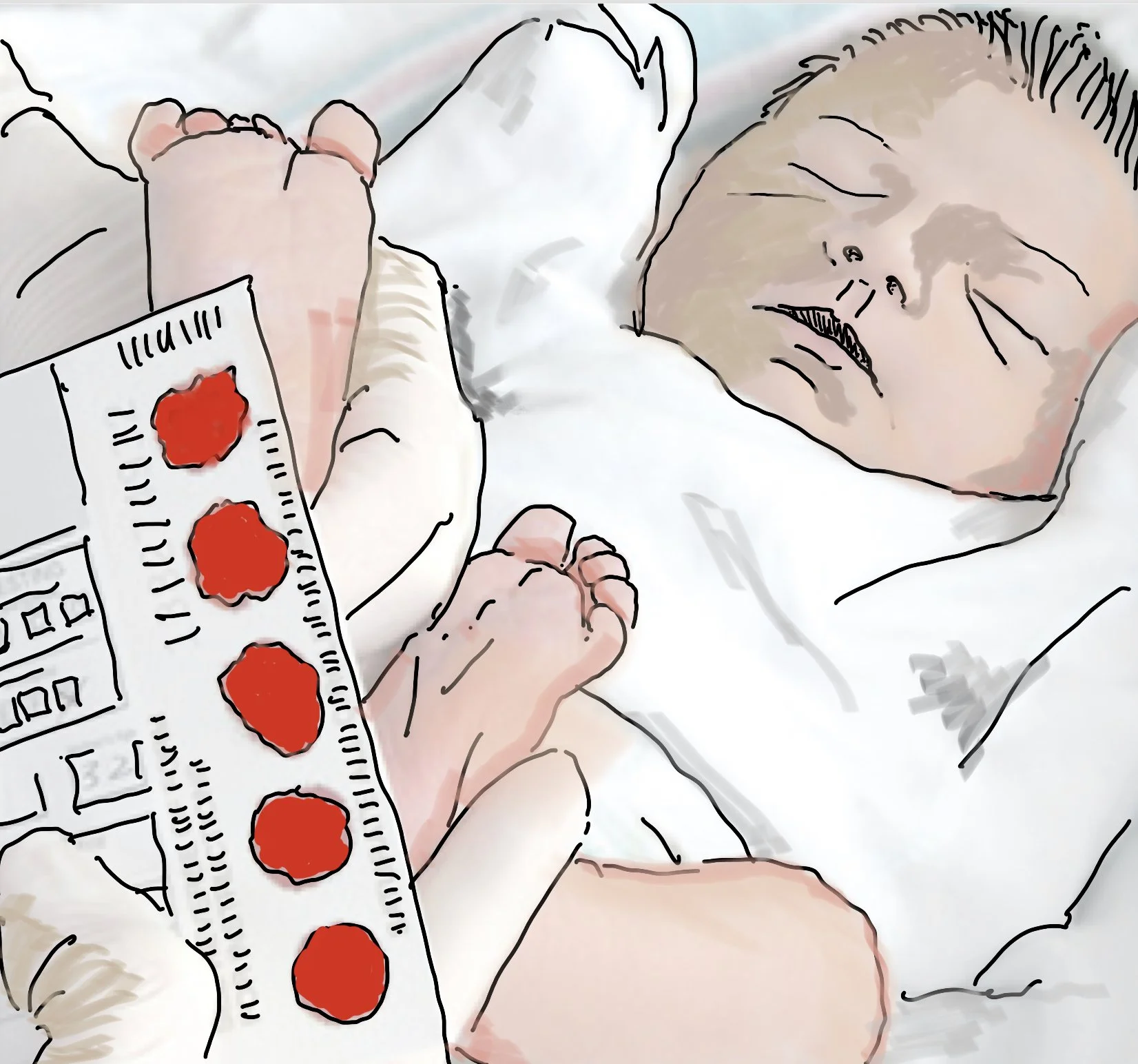Ongoing gaps in patient and citizen involvement in health technology assessments
Following the HTAi Annual Business Meeting in June 2022, I had a chance to debrief with Ann Single, HTAi Patient and Citizen Involvement Interest Group Chair and Patient Voice Initiative Coordinator (Australia), about ongoing gaps in patient and citizen involvement in health technology assessments around the world.
Interview with Ann Single
First, why involve patients in health technology assessment (HTA) discussion?
In short because advice about if, how, and when we use health technologies can have life-changing consequences for patients. Beyond a right to be involved, HTA needs the patient community's knowledge. In individual HTAs, for example, not all the important information to consider as part of the decision-making process sits in traditional sources, like economic models and clinical data. This data may have even been developed without involving patients, caregivers, or patient associations. By involving these stakeholders in HTA, the assessment learns more about the value of a technology from knowledge born of lived experiences, such as what matters to patients and the potential real-world health and non-health benefits.
In addition, the HTA process should be transparent. Meaningfully involving patients and citizens is one way to increase transparency and build community capacity for further participation.
What about citizens? What is the difference?
Citizen/lay/consumer perspectives mean different things to different people. They also mean different things to different HTA bodies. I find the work of Jackie Street and her co-authors to clarify the terminology and roles of public participation in HTA super useful. The key difference is the “interest” that the individual brings to the discussion. Someone representing the “public interest” will be concerned with the needs of and consequences to the wider society, e.g., that the health budget is maintained or that inequities are addressed. These individuals are often involved for public scrutiny to increase transparency and public confidence in the process. On the other hand, patients and caregivers have a “personal interest” in the discussion. Each stakeholder plays a different role and provides a different value.
Sometimes we might use the term citizen for those who may use an intervention, like a screening program, but do not consider themselves a patient. In these cases, their interest is more aligned with that of a patient. So, I find asking what interest a person brings helpful in thinking about who is involved and how they are participating.
In the past 20 years, HTA assessments have focused on the speed of assessment of one medicine or device at a time, and this has created challenges for exploring wider consequences and reflecting on HTA practice. One response can be to step back from the individual HTAs and to consider public and patient perspectives on the work of HTA bodies. The Canadian Agency for Drugs and Technologies in Health’s (CADTH) Patient and Community Advisory Committee, the National Institute of Clinical Excellence (NICE)’s Citizen Council in England, and more recently NICE Listens work, provide two interesting approaches. Within individual HTAs, citizens’ juries have been tried. This systematic review looks into the use of citizens' juries in health policy decision-making.
What are the different ways of involving patients and citizens in HTA decision-making?
Involvement is a wide-ranging term, but it is made up of two distinct, complementary approaches:
Research to provide evidence about the patient and public perspectives to be considered as part of the HTA process; this is sometimes co-created with patient/public partners and is a way to include views of individuals who would otherwise not know about opportunities to participate in HTA discussions[1]
Participation or “engagement” of patients and the public in the HTA process; this process is more dynamic and can take place at any point in the HTA
Increasingly we are seeing participation not just within individual HTAs, but also in shaping HTA bodies and how they do their assessments. We have just submitted the results from five case studies about patient participation at the organizational level in HTA following a three-year project led by Dr. Hervé Nabarette (AFM-Telethon), and it’s exciting to observe that growth.
Patient involvement varies from HTA body to HTA body, but there are some common methods in use. When we were working on the ‘Patient involvement in Health Technology Assessments’, (lead editor Karen Facey), we agreed to move away from the idea of “levels” of participation due to the importance of goal and setting in determining the approach. Karen Facey adapted the work of Jonathan Tritter and Alison McCallum to show how a mosaic of approaches can be a more useful conceptualization for focusing on good practice than a laddered approach. Still, I also tend to be guided by the International Association of Public Involvement (IAP2)’s Spectrum of Public Participation because of my interest in participation as part of relationship-building and the value of shared learning. This framework is useful in defining the promise we are making / the expectation we are sharing. The approach to participation depends on:
Where you are in the HTA process
What you are trying to do/solve for
Who needs to be involved
Sample Mosaic of Patient and Public participation in HTA processes
While we find that the dominant method of participation is one-way input in the form of written submissions coming into the appraisal, there is opportunity to truly make involvement a two-way dialogue focused on shared problem-solving and learning. I see growing investment in this despite timeline challenges. I think it is also linked to confidence among patient communities and HTA bodies about working together rather than at arm's length.
Where are the gaps/key opportunities to improve patient and citizen participation in HTA?
The priority of process remains a problem. It can come at the cost of meaningful participation. I love how Health Technology Wales tailors its approach to involvement for each HTA, thinking about the needs of the patient community.
Additionally, patient perspectives should shape the questions we ask and the evidence we consider. Still, in most systems, their perspectives comes too late, so processes are neither patient evidence-based nor integrate patient input. We often have no involvement of patients in shaping the R&D and the resulting data – or the involvement is not well documented. And we still involve just a small part of society and probably miss those most in need who may never identify as patients. There’s a lot to be done to open up HTA whenever and wherever it occurs.
My feeling is that we still think of the science first and then the ‘patient’ somewhere along the line after that. I think we have it the wrong way around; it all begins with patients, their needs, the outcomes they seek, and the questions they are asking.
Additional references
[1] See Sophie Staniszewska & Sophie Söderholm Werkö, 2021. Mind the evidence gap: The use of patient-based evidence to create “complete HTA” in the twenty-first century
About the Interviewee
Ann Single is the Coordinator and a Steering Committee Member of the Patient Voice Initiative (Australia) and internationally chairs the Health Technology Assessment international (HTAi) Patient and Citizen Involvement Interest Group whose 400 multi-stakeholder members are committed to improving patient involvement in access and reimbursement decisions.
Her experience includes leading the development of patient involvement processes in Scotland’s HTA and coordinating the development of tools to support patient involvement in HTA internationally. She is co-editor of the first book in the field, Patient Involvement in Health Technology Assessment (2017) and has most recently published on stories of impact this area.







